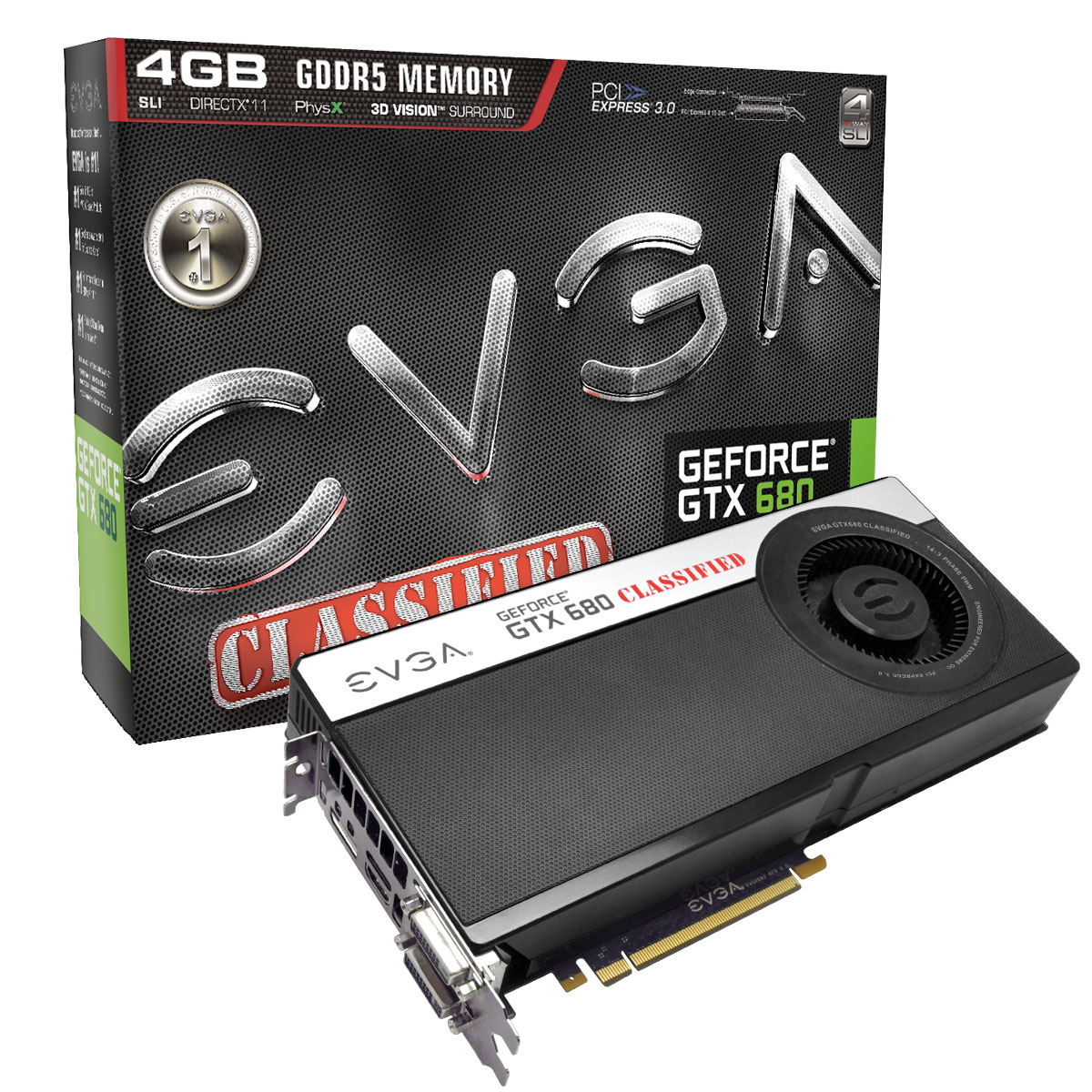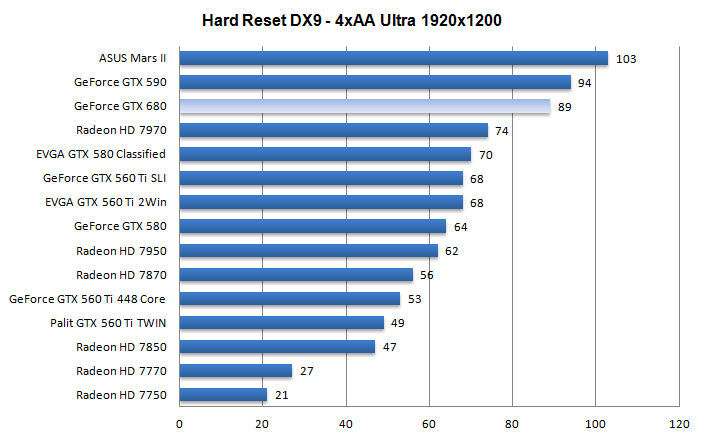

NVIDIA GEFORCE GTX 680 2GB TEST SERIES
Kepler based members of the 600 series add the following standard features to the GeForce family: The GeForce 600 series contains products from both the older Fermi and newer Kepler generations of Nvidia GPUs. Kepler is named after the German mathematician, astronomer, and astrologer Johannes Kepler.Īsus Nvidia GeForce GTX 650 Ti, a PCI Express 3.0 ×16 graphics card While still shy of the theoretical 7 GHz limitation of GDDR5, this is well above the 4 GHz speed of the memory controller for Fermi. To accomplish this, Nvidia needed to design an entirely new memory controller and bus. The GPU can access any texture loaded into memory, increasing the number of available textures and removing the performance penalty of binding.įinally, with Kepler, Nvidia was able to increase the memory clock to 6 GHz.

With bindless textures, both limitations are removed. The second was that the CPU was doing unnecessary work: it had to load each texture, and also bind each texture loaded in memory to a slot in the binding table. This led to two limitations: one was that because the table was fixed in size, there could only be as many textures in use at one time as could fit in this table (128). Previously, textures needed to be bound by the CPU to a particular slot in a fixed-size table before the GPU could reference them. Kepler also introduced a new form of texture handling known as bindless textures. This is not only because the cores are more power efficient (two Kepler cores using about 90% of the power of one Fermi core, according to Nvidia's numbers), but also because the reduction in clock speed delivers a 50% reduction in power consumption in that area. By abandoning the shader clock found in their previous GPU designs, efficiency is increased, even though it requires more cores to achieve similar levels of performance. The primary way Nvidia achieved this goal was through the use of a unified clock. Where the goal of the previous architecture, Fermi, was to increase raw performance (particularly for compute and tessellation), Nvidia's goal with the Kepler architecture was to increase performance per watt, while still striving for overall performance increases. 2.1 Streaming Multiprocessor Architecture (SMX).
NVIDIA GEFORCE GTX 680 2GB TEST DRIVER
The whole boosting and monitoring process is controlled by Nvidia’s GeForce driver and cannot be disabled bad news for benchmarkers, but good for end users who can sit knowing their GPU is boosting performance automatically. While this only equates to a minor 2-3% variation, it’s still an appreciable difference. We’ve observed our review sample boosting to 1,110MHz at the start of a benchmark, then only boosting to 1,084MHz after several minutes of looping the test, indicating that operating temperatures above 50☌ in particular can a limiting factor. Oddly though, differences in silicon mean that there’s no guarantee that two GTX 680 2GBs, even with an identical SKU, will perform the same – one might be happy to boost right up to 1,110MHz, while the other could be stubborn and only boost to 1,058MHz due to higher operating temperatures or a lower quality GPU.Ī number of factors influence a card’s level of GPU Boost, but primarily it’s down to measured power draw and GPU temperature. Click to enlarge - GPU Boost is a big deal, increasing performance when there's extra power to spareĮvery GTX 680 2GB is guaranteed to boost up to at least 1,058MHz, but we’ve seen our review sample reach the top of its boost curve at 1,110MHz, which Nvidia has told us is the maximum the stock card can boost to.


 0 kommentar(er)
0 kommentar(er)
